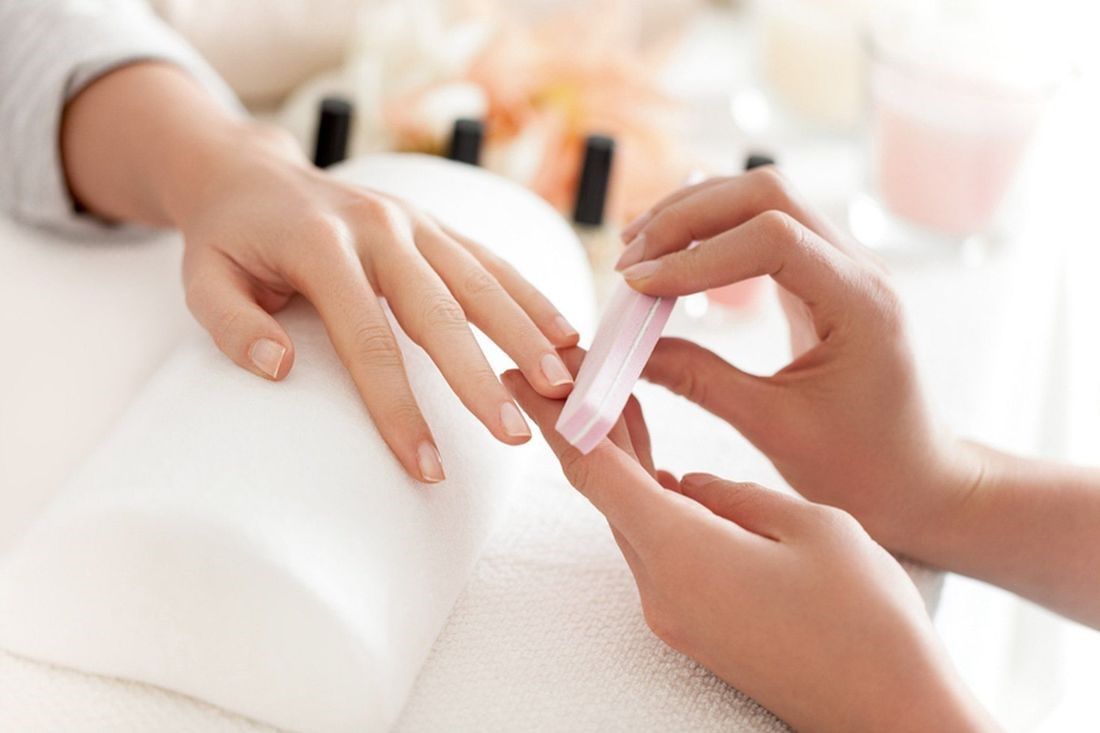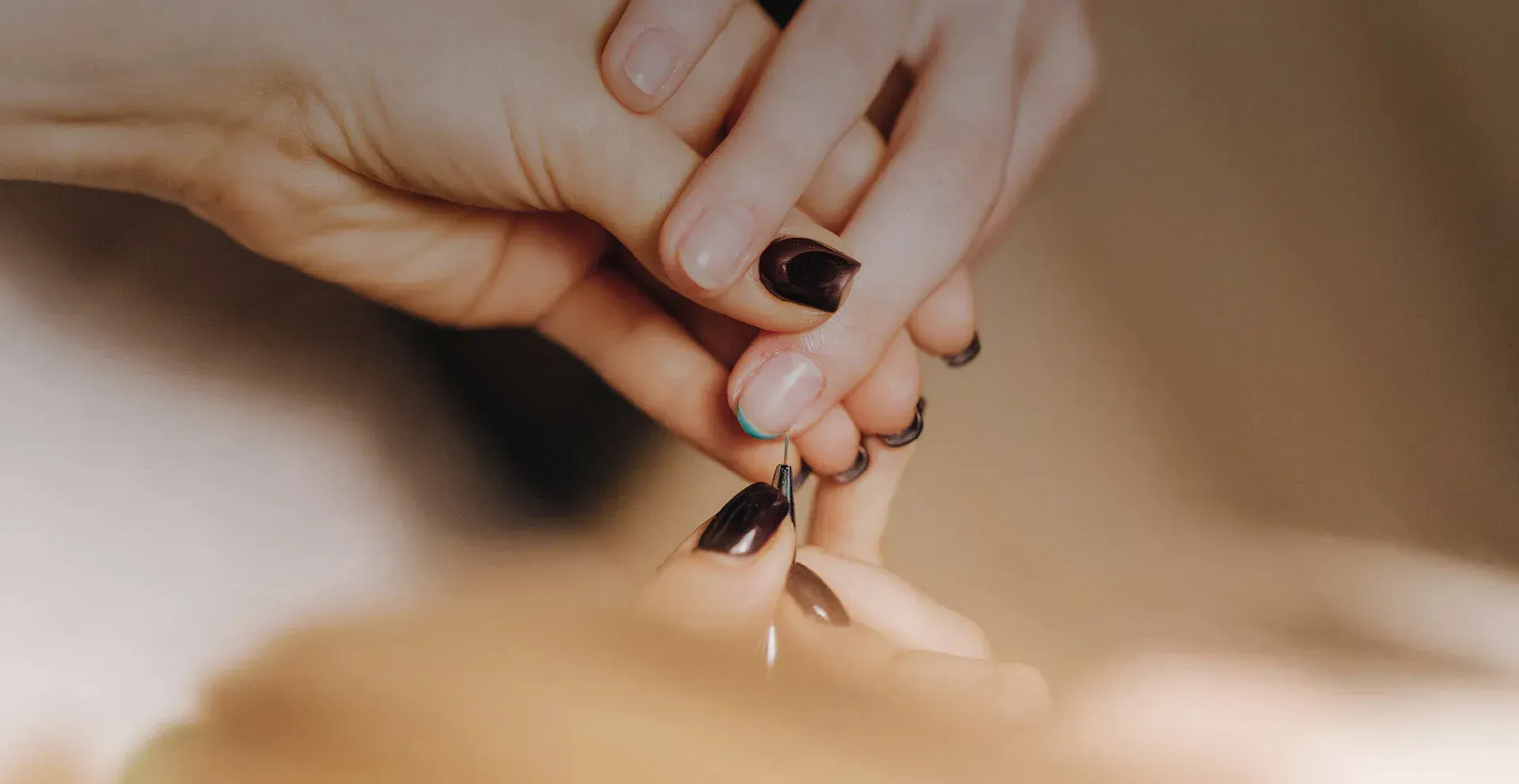Safer Pedicure Tips for Diabetic Patients
Is there anything that is more relaxing than soaking your feet and getting a pedicure? It’s a refreshing experience even for people with diabetes! If you have diabetes, you know that the legs and feet can be affected by the disease in multiple ways including,
- Numbness
- Tingling
- Neuropathy
- Ulcers
- Thick toe nails and more
Diabetes can reduce blood circulation and damage the nerves to the feet. By taking proper care of your feet with a regular pedicure from our natural nail salon, foot problems can be avoided.
Here we’ve listed a few pedicure safety tips for diabetics to reduce infection risks and enjoy a more pleasant experience.
- Consult your doctor prior to your nail appointment, if you currently have any infections, cuts, or open sores on your legs, feet, or toenails.
- Avoid shaving your legs for a day or two before your pedicure as it can leave tiny nicks in your skin which increases the chances of infection.
- Choose a salon that is clean and follows impeccable sanitation and sterilization procedures. Make sure that the foot baths, clippers, and other tools are cleaned and disinfected between customers.
- Schedule a morning appointment so that you are one of the first customers.
- Request for a CMP nail technician, they can customize their nail services and be very gentle and avoid doing anything that can scratch or injure the skin.
- Skip any nail services that can injure your skin, and avoid any sharp instruments on your skin or under your toenails.
- Ask the nail technician to be very gentle as vigorous scrubbing can easily scratch or leave microscopic tears in the skin, making you more susceptible to infection.
- Daily foot care for diabetics.
- Check your feet daily for signs of swelling, redness or heat – these may be signs of infection.
- Wash your feet daily and dry well between the toes.
- Ask your CMP about products that will prevent the problematic moisture between your toes.
- Ask your CMP about moisturizing products designed for dry skin, especially cracked heels but not between the toes.
- Never go barefoot.
- Avoid injury by wearing well-fitting, protective shoes – do not wear open-toed shoes.
- Keep toenails trimmed. Cut toenails along the shape of the toe and file rough edges.
Related Blogs





